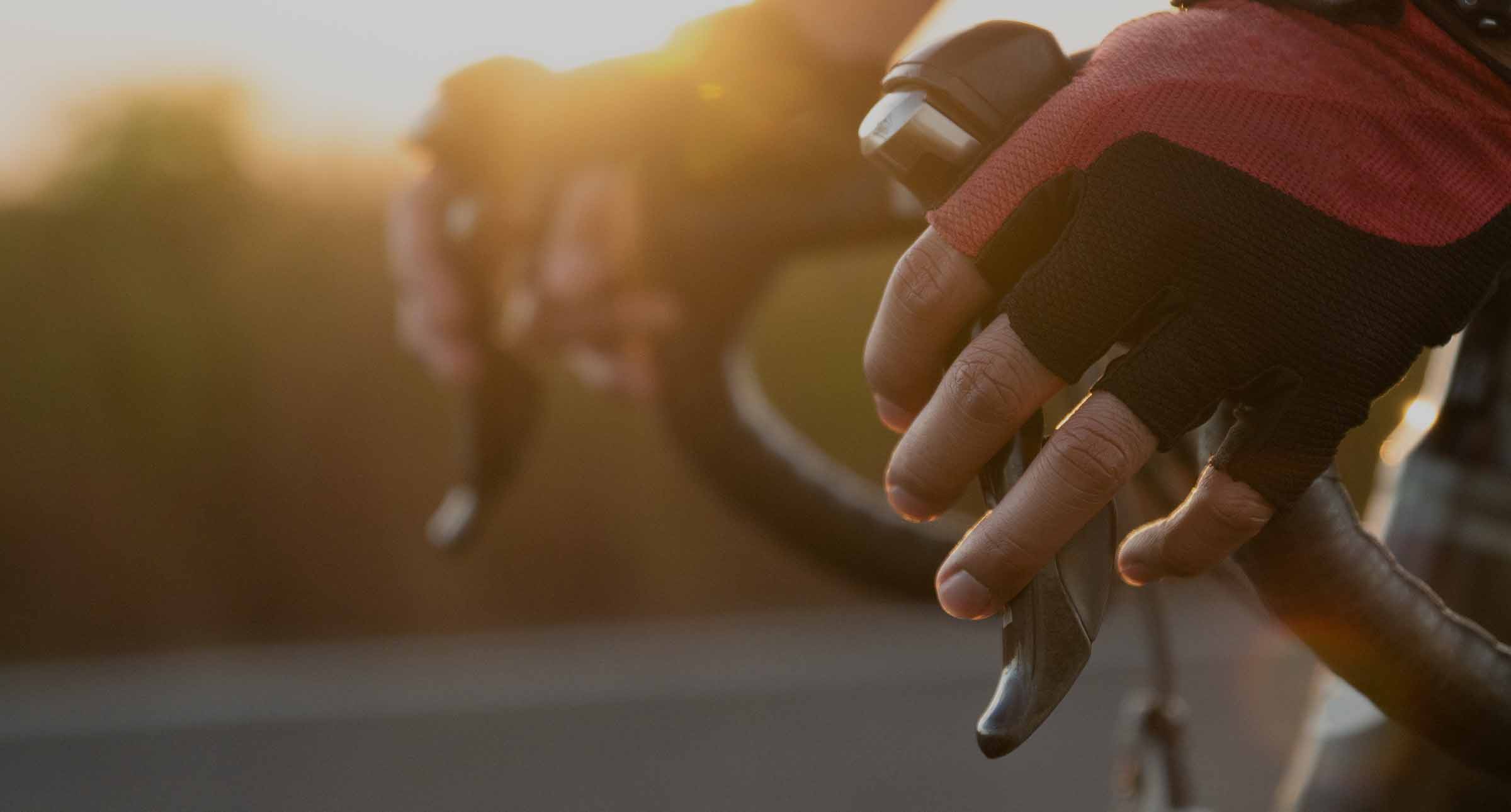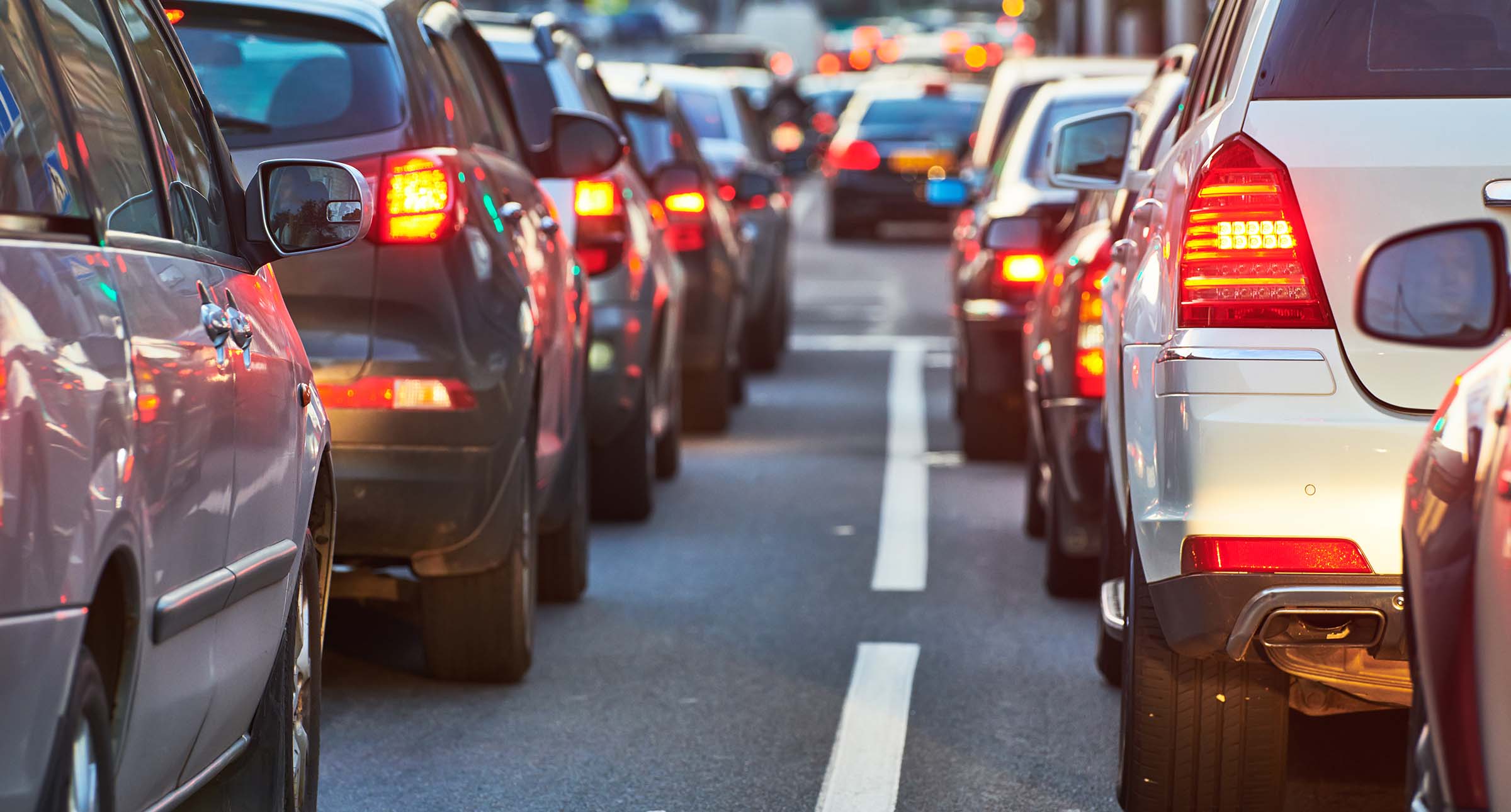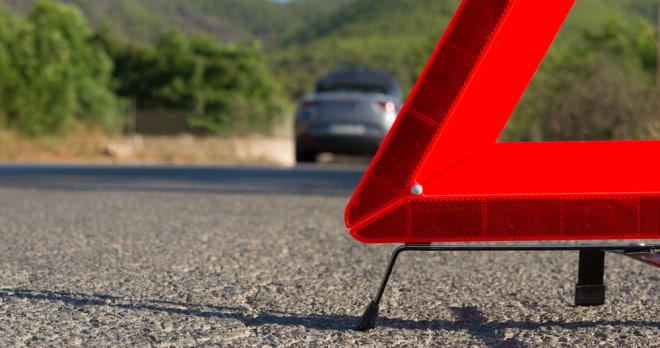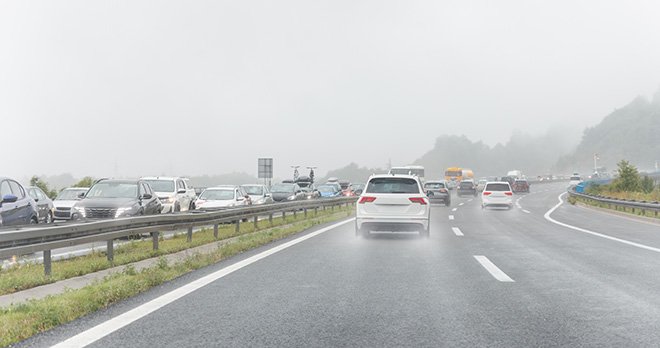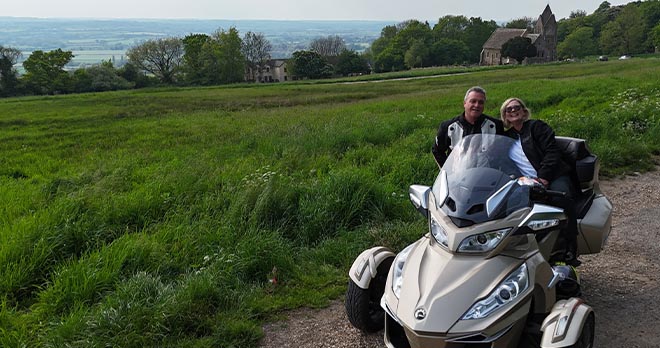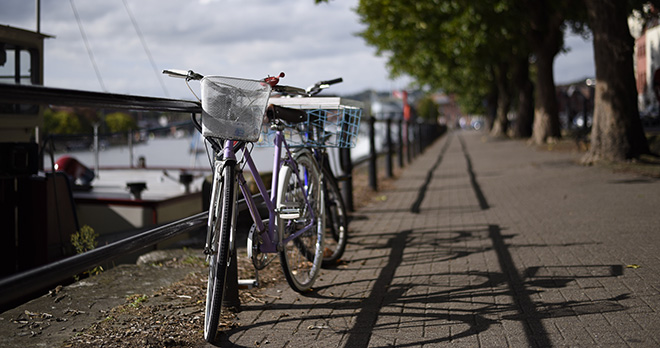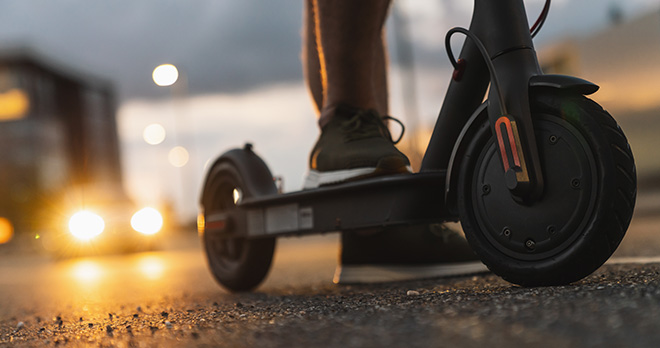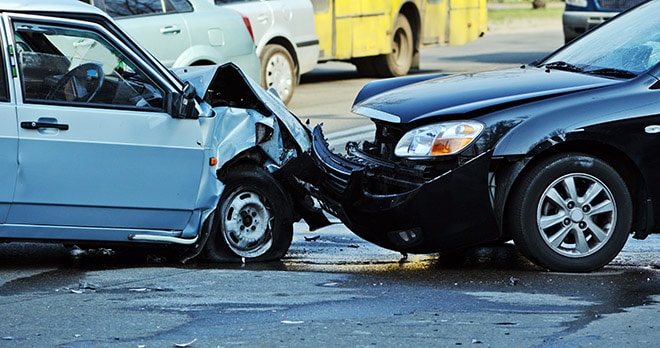Cars overtaking too close to cyclists – why I’m pleased it’s finally making the news
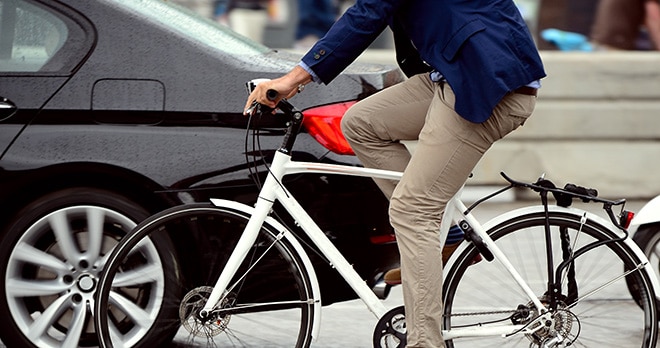
Close passes and/or unsafe overtaking have been problems for years. It’s probably the compelling camera footage from cyclists which has been picked up in the press, as well as the initiatives launched by regional police forces that have brought the danger of close passes into the spotlight. Therefore, I thought I’d explain some of the background to help cyclists and non-cyclists alike understand why I’m so happy to see it making the news.
What the Law and the Highway Code say about cars and cyclists
The first thing to consider is that motor vehicles are potentially dangerous weapons and cyclists are vulnerable road users.
With this in mind, the Road Traffic Act states that motorists must not:
- Drive dangerously
- Drive carelessly and inconsiderately (which includes driving without due care and attention, and driving without reasonable consideration for other road users)
Obviously, all road users, no matter their mode of transport, should be considerate towards each other. The particular guidance for motorists when overtaking cyclists is that they should:
- Not get too close to the vehicle being overtaken and allow plenty of room
- Give cyclists as least as much room as you would when overtaking a car
- Not overtake when they might come into conflict with other road users
Motorists should also bear in mind that cyclists may suddenly need to avoid uneven road surfaces and obstacles, such as potholes or drain covers. This is why it is especially important to allow plenty of room.
It is also worth remembering that sometimes it makes sense to ride two abreast even if it causes motorists to pull out further to pass by. The logic is that it makes it easier for motorists to overtake a shorter group riding side by side than a longer group riding in single file.
So, why is close passing a problem?
The rules and guidance on overtaking cyclists is straightforward. It is therefore surprising that many cyclists' lives are (still) put at risk by motorists who do not leave sufficient room when they overtake.
Perhaps the confusion amongst some motorists relates to an understanding of what constitutes a safe overtaking distance, do they know when they are ‘too close’ or ‘allowing plenty of room’. My guess would be that non-cyclists would be less generous than cyclists in their estimation of the gap that should be left to avoid the cyclist feeling like it was a close pass.
Personally, I like the analogy likening a close pass on a bike to the feeling you get as a train passes through a station. Imagine if you were to stand inside the yellow line when a train travels past; would you feel safe?
What constitutes a safe passing distance?
The Department for Transport has produced a note stating that 1.5 metres is the minimum distance that should be allowed by a motorist travelling at 30 miles per hour.
Are the police taking this on board?
When it comes to enforcing this part of the Highway Code, West Midlands Police have been leading the way. They say that since they started a new close-passing initiative, there has been an estimated 50% drop in poor overtaking of cyclists by motorists.
The operation was a simple one; police officers cycled along some of the region's busiest roads, and passed details to uniformed colleagues, positioned further down the road, to intercept motorists who did not leave a safe gap.
Motorists who don’t leave enough space run the risk being prosecuted for driving without due care and attention.
To help cyclists counter the "his word against yours" argument, the force has introduced a digital reporting portal to make it easier for cyclists to submit their camera footage.
Closer to home, Avon & Somerset Constabulary followed suit with 'Operation Close Pass' in Bristol and Bath. The initiative is based on educating drivers as to how they should overtake cyclists safely as an alternative to prosecution.
This close pass operation might not have happened were it not for the success in the West Midlands and the persistence of cyclists reporting their own near misses.
The benefits of these initiatives are that they target the behaviours that can potentially cause death or serious injury. Hopefully, if things improve, they may even encourage more people to take up cycling which has any number of benefits for the community. Often, research suggests that one of the greatest barriers to increased cycling participation is a feeling that it is dangerous to cycle on our roads.
How to report a near miss when a car overtakes too close
It is really important for cyclists to formally report collisions but it is encouraging to see there is also the opportunity to record near misses as well.
The Avon & Somerset police website, my local police force, has an online form that can be submitted to gather data on close passes.
I think it is essential to be proactive and educate drivers on overtaking cyclists safely; the aim being, ultimately, to reduce the number of cyclists put at risk by vehicles passing them too closely. Part of this cultural change involves all of us moving away from simply reacting and the police only considering a prosecution where collisions cause injury or death.
The penalties for motorists who drive dangerously or without due care and attention
The Road Traffic Act describes "dangerous driving" as:
driving falling far below what would be expected of a competent and careful driver, where it would be obvious to a competent and careful driver that driving in that way would be dangerous. The reference to ‘dangerous’ refers to danger either of; injury to any person, or of serious damage to property.
The test for whether driving is careless or inconsiderate is not as strict. It is:
a person who is to be regarded as driving without due care and attention if the way he drives falls below what would be expected of a competent and careful driver.
If a close pass does not cause physical injury, motorists can still be prosecuted for driving without due care and attention. This carries with it an unlimited fine, and the discretion to disqualify the driver or add 3 to 9 points on their licence.
A lorry driver, one of the first to be fined for driving too close to a cyclist, was recently fined £1,038 and had 5 points added to his licence. For such a prosecution to succeed, it must be proved that the motorist was not adhering to the standards of a careful and competent driver.
The penalties for unsafe overtaking causing injury and/or death are, as you would expect, more serious. My hope would be that if more motorists are prosecuted for close passes not resulting in a collision or injury, there would be both an improvement in driving standards and fewer collisions between bikes and overtaking motor vehicles.
Generally speaking, there is a lack of dedicated cycling infrastructure which means that, more often than not, motorists and cyclists are, and will continue to be, sharing the roads.
It is encouraging to see that a number of police forces are being proactive in order to re-educate motorists as to how they should overtake cyclists safely; hopefully preventing further accidents caused by overtaking. Driving is a privilege and driving unsafely can have fatal consequences which is why these initiatives are to be encouraged.
If you are the victim of a close pass I would encourage you to report it to your local police force. In time, hopefully, there will be more of a shift away from police forces responding to such reports to say that they are overstretched and unable to take any further action.
Contact our specialist injury solicitors to find out if you have a claim for compensation.
Call now
